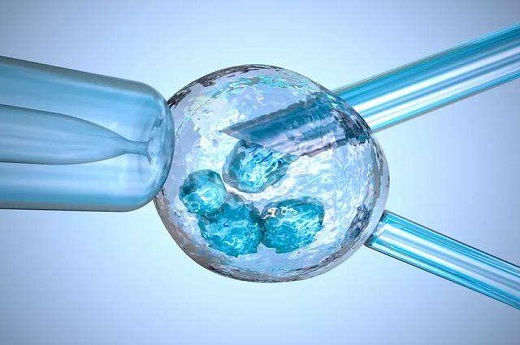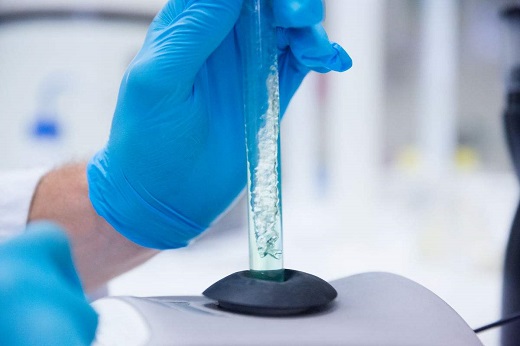Which has a higher success rate, IVF or artificial insemination? Comparison of success rates between IVF and artificial insemination
Article abstract:
This article aims to compare the success rates of in vitro fertilization (IVF) and artificial insemination, and determine which method has a higher success rate. The comparison will be made from six aspects: success rates, cost, procedure complexity, fertility issues, multiple births, and emotional impact. The article will provide a comprehensive analysis of the two methods and conclude with a summary of which method has a higher success rate.

In vitro fertilization (IVF) and artificial insemination are two common methods of assisted reproductive technology. Both methods have their own success rates and factors that contribute to their effectiveness. In this article, we will compare the success rates of IVF and artificial insemination from six different aspects.
Success rates
The success rate of IVF is generally higher than that of artificial insemination. IVF has an average success rate of 20-35% per cycle, while artificial insemination has a success rate of 10-20% per cycle. The higher success rate of IVF can be attributed to the fact that it involves the fertilization of the egg outside the body, allowing for better control and monitoring of the fertilization process.
Cost
IVF is generally more expensive than artificial insemination. The average cost of one IVF cycle is around $12,000, while artificial insemination costs about $3,000 per cycle. The higher cost of IVF is due to the complexity of the procedure and the need for more advanced technology and expertise.

Procedure complexity
IVF is a more complex procedure than artificial insemination. It involves the retrieval of eggs from the ovaries, fertilization of the eggs in a laboratory, and then the transfer of the embryos into the uterus. Artificial insemination, on the other hand, is a simpler procedure that involves the direct placement of sperm into the uterus. The complexity of IVF may contribute to its higher success rate.
Fertility issues
IVF is more suitable for couples with severe fertility issues, such as blocked fallopian tubes or male infertility. It can also be used in cases where other fertility treatments have failed. Artificial insemination is generally more suitable for couples with mild fertility issues or unexplained infertility.
Multiple births
IVF has a higher risk of multiple births compared to artificial insemination. This is because multiple embryos are often transferred during IVF to increase the chances of success. On the other hand, artificial insemination typically only involves the transfer of a single sperm sample, reducing the risk of multiple births.

Emotional impact
Both IVF and artificial insemination can have a significant emotional impact on couples. The stress and anxiety of undergoing fertility treatments can take a toll on couples' emotional well-being. However, the emotional impact of IVF may be higher due to the more invasive and complex nature of the procedure.
In conclusion, while both IVF and artificial insemination have their own advantages and disadvantages, IVF generally has a higher success rate compared to artificial insemination. However, the choice between the two methods should be based on individual circumstances, including the cause of infertility, financial considerations, and emotional readiness. It is important for couples to consult with a fertility specialist to determine the most suitable treatment option for their specific needs.





